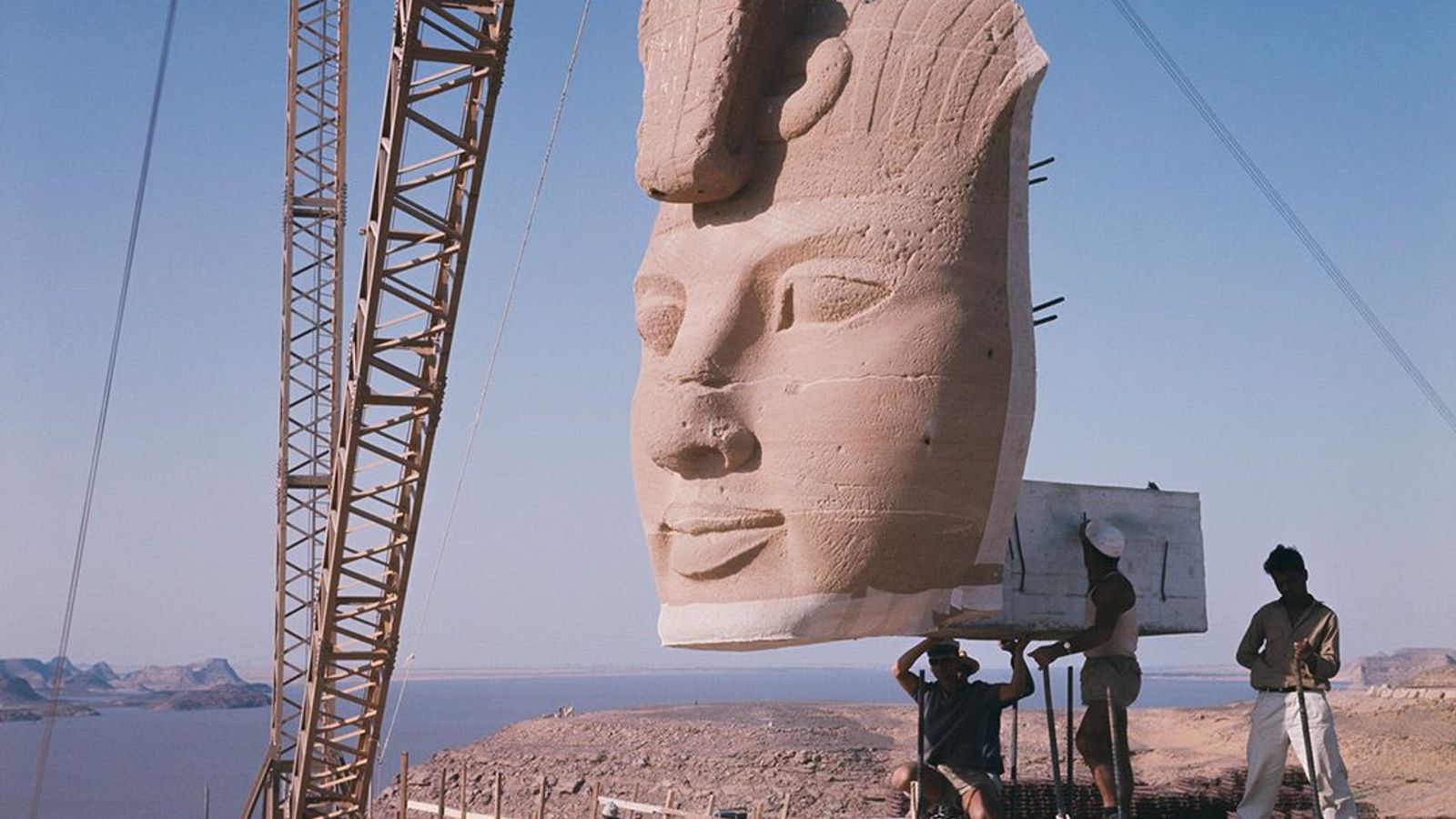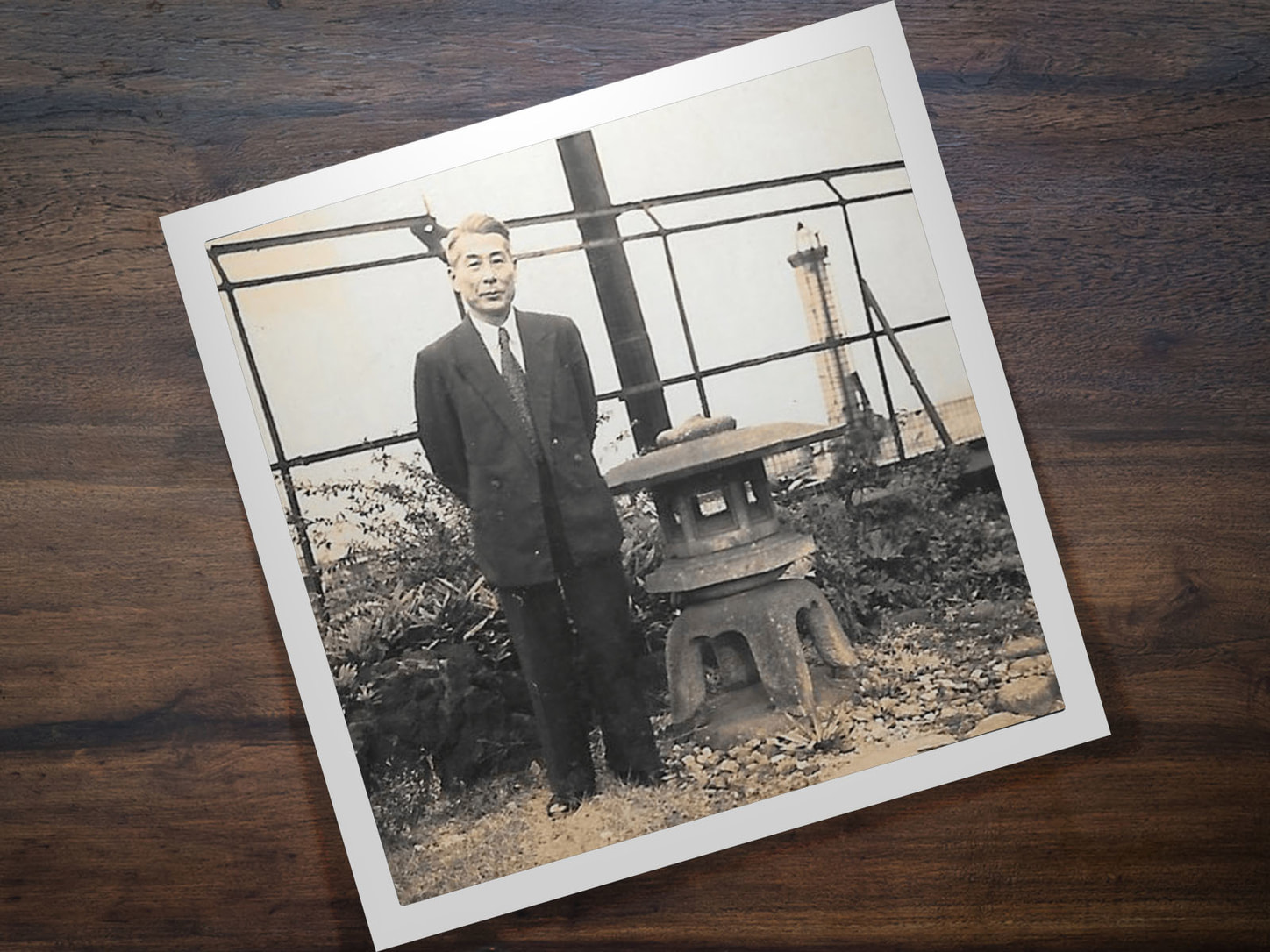
Ever Wondered Exactly How an Egyptian Temple Ended up at the Met?
During a visit to The Met in New York, the sight of a full-size Egyptian temple within its walls may no longer faze us amidst the amazing collections that we’re used to seeing in our museums these days. But as you stroll back out into the busy streets, perhaps you might also wonder, hang on a minute – how the heck did the Temple of Dendur end up in Manhattan? And unbeknownst to you, earlier that day three other people may have wondered the same thing in Madrid, Leiden (Netherlands), and Turin (Italy). Each of these cities also has a complete Egyptian temple, given to them by the Egyptian government for each country’s contribution to one of the most ambitious UNESCO projects ever undertaken and the greatest archaeological rescue operation of all time.
It was during the midst of the the Cold War, that the UN’s Educational, Scientific, and Cultural Organization (UNESCO) managed to coordinate an International Campaign to Save the Monuments of Nubia and complete “40 technical missions by teams from five continents.” The project ran from 1960 to 1980 and saved many temples and other sites from being submerged by the planned but reservoir of the Aswan High Dam on the Nile River near the Egyptian-Sudanese border. The controversial dam, intended to control the annual flooding of the Nile, was announced in 1954 and completed in 1970, with the reservoir reaching capacity in 1976, and the UNESCO program ran from 1960 to 1980.






















